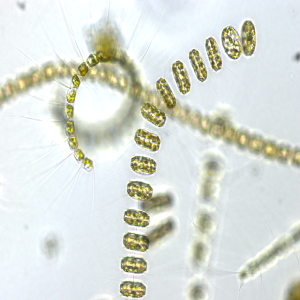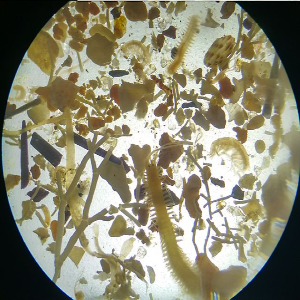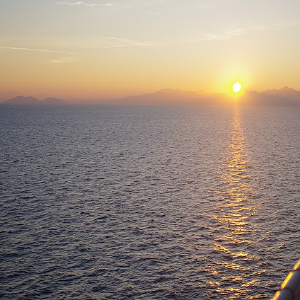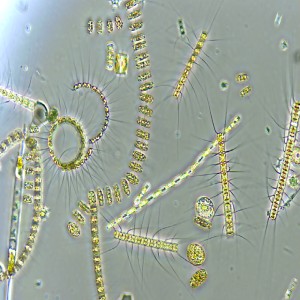Spatial diversity of planktonic protists in the Lagoon of Venice (LTER-Italy) based on 18S rDNA
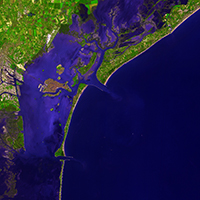
Accepted: 23 June 2020
HTML: 2
All claims expressed in this article are solely those of the authors and do not necessarily represent those of their affiliated organizations, or those of the publisher, the editors and the reviewers. Any product that may be evaluated in this article or claim that may be made by its manufacturer is not guaranteed or endorsed by the publisher.
Transitional waters are subject to a high degree of variability in space and time. In this study, protist plankton communities of the Lagoon of Venice were compared among four sites characterised by different environmental conditions with a metabarcoding approach. High throughput sequencing (HTS) of the V4-18S rDNA fragment in 32 samples collected on four dates, from April 2016 to February 2017, produced 1,137,113 reads, which were grouped into 4,058 OTUs at 97% similarity. Bacillariophyta and Ciliophora were the most abundant groups in the entire dataset in terms of read number (27.6% and 16.6%, respectively), followed by Dinophyta (10.9%), Cryptophyceae (9.7%), and Syndiniales (6.1%). The contribution of protist groups markedly varied across the seasons, but spatial differences were also recorded in the lagoon. In April, a higher contribution of Bacillariophyta characterized St1 and 5 (68.0% and 61.1%), whereas Sts2 and 3 showed a higher percentage of Ciliophora (18.6 and 23.4%, respectively) and dinoflagellates (10.3 and 7.7%). In July, diatom blooms occurred at Sts1, 2 and 3, with some differences in the dominant species. At St2 Dinophyta reached the highest contribution of the whole sampling period in the area (30.6%), while St5 was quite distinct, with a low contribution of diatoms and a dominance of Ciliophora (34.0%) and Trebouxiophyceae (36.4%). All the stations in November were characterized by relatively high abundance of Ciliophora (21.4-51.9%). In February, diatom contribution was relevant only at St5 (29.3%), Teleaulax acuta peaked at St3 (ca. 36%), Syndiniales at St2 (38.8%) and Dictyochophyceae at St1 (24.2%). The α-diversity indexes (observed OTUs, Shannon and Pielou evenness) showed a high variability over space and time. Overall, diversity and community composition were rather similar between the intermediate and deeper Sts2 and 3 on all sampling dates whereas they at time differed between the landward and shallow Sts1 and 5. While the most marked differences occurred over the temporal scale, the depth of the station and the relatedness with the external marine coastal environment appear to play a major role in the spatial distribution of protist communities within the lagoon.
PAGEPress has chosen to apply the Creative Commons Attribution NonCommercial 4.0 International License (CC BY-NC 4.0) to all manuscripts to be published.



 https://doi.org/10.4081/aiol.2020.8961
https://doi.org/10.4081/aiol.2020.8961




